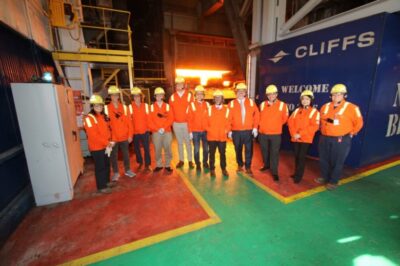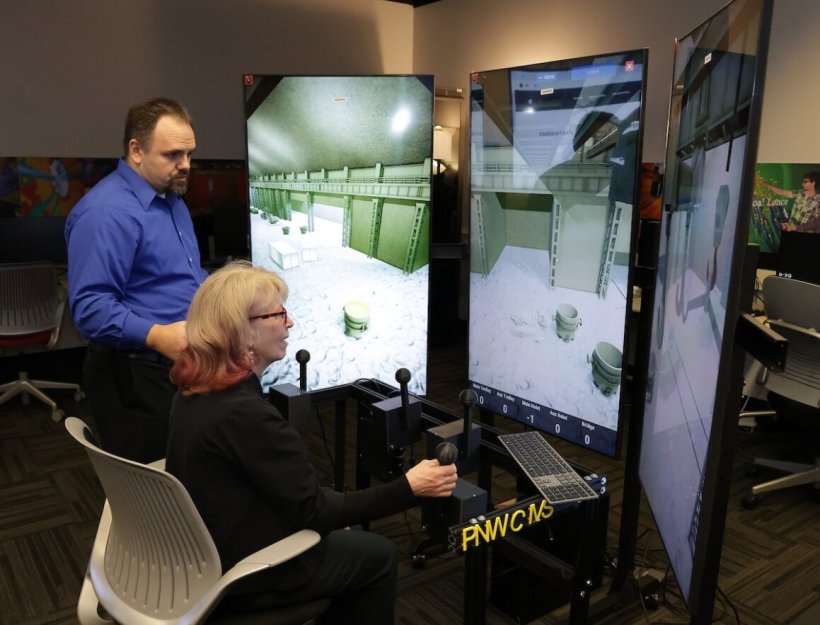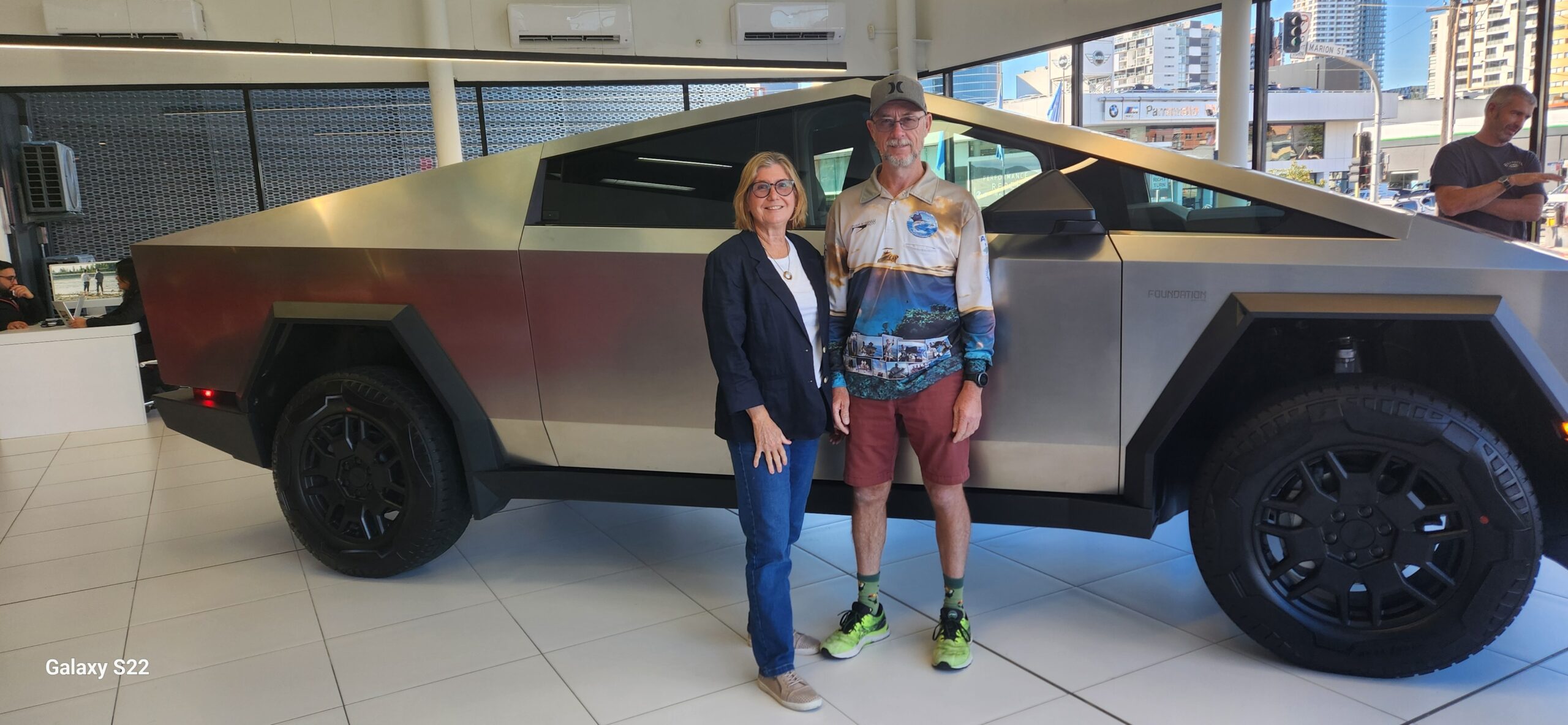Sign up for daily news updates from CleanTechnica on email. Or follow us on Google News!
On the southern shore of Lake Michigan, a university and a steel plant are working on the same problem. With technical and financial support from the U.S. Department of Energy (DOE), both organizations are trying to clear a major obstacle on America’s path to a clean energy economy: the decarbonization of our heavy industries.

Last week, Dr. Geri Richmond, DOE’s Under Secretary for Science and Innovation, joined Rep. Frank Mrvan (IN-01) for a tour of the Center for Innovation through Visualization and Simulation (CIVS) at Purdue University Northwest. CIVS develops advanced 3D-visualization and virtual-reality technologies that help businesses—steel producers among them—solve problems. A recipient of multiple rounds of federal funding through DOE’s Industrial Efficiency and Decarbonization Office, CIVS has been refining simulation techniques that could drastically reduce emissions from steel production.
These DOE-funded innovations include a virtual blast furnace that uses high-performance computing and new sensor technologies to simulate the interior conditions of an industrial furnace, allowing operators to manage their energy consumption with unprecedented precision. The early results are promising: a 10% reduction in carbon emissions and a corresponding reduction in wasted energy. If adopted widely, this technology would bring us closer to the ambitious target established by DOE’s Industrial Heat ShotTM initiative, which aims to reduce emissions from industrial heating processes by 85% over the next decade.
After touring CIVS, Dr. Richmond and Rep. Mrvan traveled 10 miles north to the Cleveland-Cliffs Indiana Harbor complex, one of the largest steelmaking facilities in North America. As a participant in DOE’s Better Plants program, Cleveland-Cliffs has committed to reducing its energy intensity by 25% over a 10-year period across all its U.S. operations. The company has also partnered with DOE to test and validate energy-saving technologies in its facilities.

DOE is eager to help its partners—in both industry and academia—pool their expertise to tackle our most pressing decarbonization challenges. So, in 2023, DOE awarded $10 million for a game-changing project involving both Cleveland-Cliffs and Purdue University Northwest. The two organizations are working together to develop and demonstrate a new, hydrogen-fired reheating furnace for the steel industry.
When it comes to reducing carbon emissions from the industrial sector, perfecting the use of clean hydrogen as a fuel is one of the most effective methods at our disposal. The successful demonstration of a commercial-scale, hydrogen-fired furnace would signal to the American steel industry that we can curb emissions from steel production with innovative, cost-effective upgrades to existing infrastructure.
At the conclusion of their tour, Rep. Mrvan thanked Dr. Richmond for “taking the time to see firsthand the incredible steelmaking and research capabilities of Purdue Northwest and Cleveland-Cliffs in Northwest Indiana.” The congressman then urged all parties to “continue working together to ensure that our region and incredible workforce drive innovation in the steelmaking process and support the strength of our economy and national security.”
Industrial processes account for one third of America’s energy-related carbon emissions, and 7% of these emissions come from iron and steel production—but these industries aren’t going anywhere. To achieve the Biden-Harris Administration’s midcentury goal of net-zero carbon emissions, we’ll need steel—lots of it. By working in collaboration with partners like Cleveland-Cliffs and Purdue University Northwest, DOE is tracing the path laid out in its Industrial Decarbonization Roadmap, which shows how we can cut the steel industry’s emissions to near-zero while increasing steel production by 12%.
As U.S. Secretary of Energy Jennifer Granholm often says, “making the things we can’t live without leaves us with carbon pollution we can’t live with.” On Lake Michigan’s southern shore—and in laboratories, factories, and schools throughout the country—some of our best minds are working on an answer to this riddle.
Courtesy of U.S. Department of Energy.
Have a tip for CleanTechnica? Want to advertise? Want to suggest a guest for our CleanTech Talk podcast? Contact us here.
Latest CleanTechnica TV Video
I don’t like paywalls. You don’t like paywalls. Who likes paywalls? Here at CleanTechnica, we implemented a limited paywall for a while, but it always felt wrong — and it was always tough to decide what we should put behind there. In theory, your most exclusive and best content goes behind a paywall. But then fewer people read it!! So, we’ve decided to completely nix paywalls here at CleanTechnica. But…
Thank you!
CleanTechnica uses affiliate links. See our policy here.




